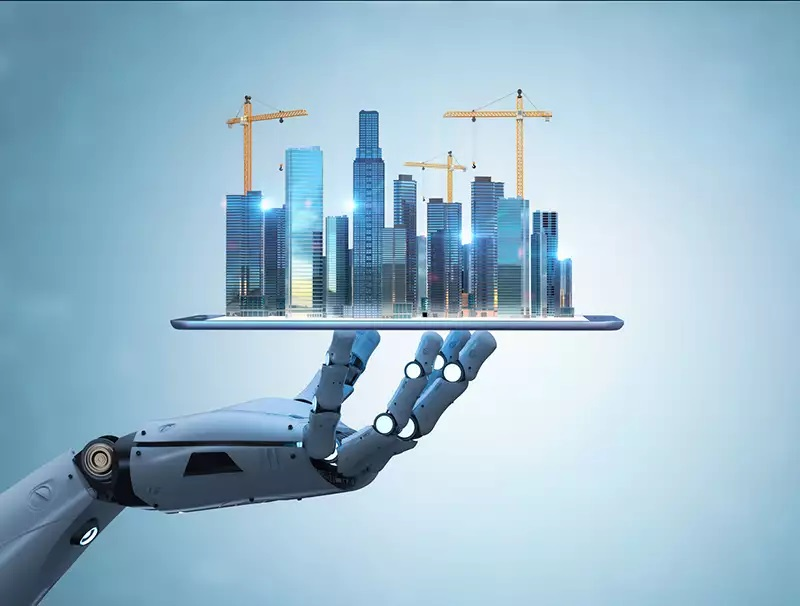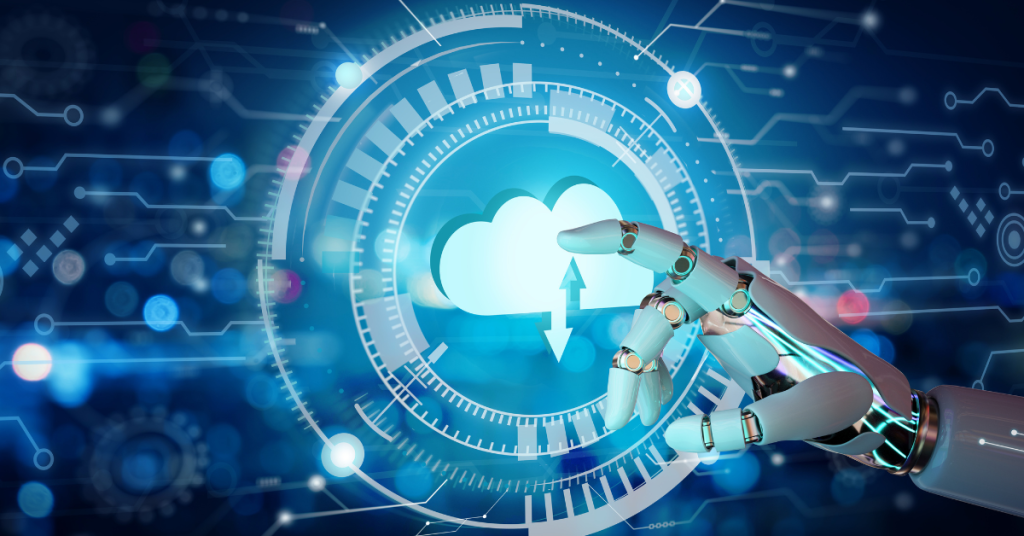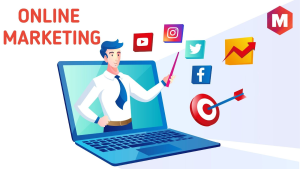AI Revenue Intelligence How Artificial Intelligence and Big Data Are Redefining Sales, Marketing, and Growth in the Age of Automation

AI Revenue Intelligence 2025 marks the dawn of a new era where data, automation, and artificial intelligence (AI) redefine how businesses sell, market, and grow. In today’s hyper-competitive economy, success depends not on intuition but on intelligent insights — powered by big data and machine learning.
Introduction: The Data-Driven Dawn of Intelligent Revenue
In the hyper-competitive digital economy of 2025, revenue growth no longer depends solely on charismatic salespeople or creative marketing campaigns. Instead, it thrives on data, automation, and artificial intelligence (AI). Modern enterprises are powered by algorithms that not only understand markets but predict customer intent before the first click, call, or conversion occurs.
This seismic shift — from intuition-based selling to intelligence-driven growth — has given rise to a new discipline: Revenue Intelligence.
Revenue Intelligence is more than a buzzword. It’s a strategic ecosystem that integrates AI, big data, machine learning, and automation to unify sales, marketing, and customer success teams around a single objective — predictable, scalable, and data-driven revenue performance.
The result? Businesses that leverage revenue intelligence aren’t just reacting to markets; they’re shaping them.
This article explores how AI and big data are redefining business growth, diving deep into predictive analytics, customer insights, and automation — with real-world examples from Amazon, Salesforce, HubSpot, and emerging AI-driven startups leading this intelligent revolution.
1. The Evolution of Business Growth: From Intuition to Intelligence

Historically, business growth relied on instinct and experience. Executives trusted their “gut feel” to make high-stakes decisions. Marketers launched campaigns hoping to reach the right audience. Sales teams cold-called in bulk, relying on persistence rather than precision.
Fast-forward to today — AI has industrialized intuition. Machine learning models now analyze billions of data points in real time, predicting who will buy, when they’ll buy, and why they’ll buy.
From Reactive to Predictive Enterprises
Traditional business models are reactive — analyzing quarterly performance after the fact. AI-powered organizations, however, are predictive. Using historical data and behavioral patterns, they anticipate customer needs before they arise.
Take Amazon, for example. Its recommendation engine isn’t just suggesting products; it’s forecasting consumer intent. Every click, search, and review feeds into a vast AI ecosystem that predicts what customers want next — transforming browsing into buying.
This predictive capability defines the next frontier of business growth — where data is the new strategy, and intelligence is the new leadership currency.
2. Predictive Analytics: The Growth Engine Behind Modern Enterprises
At the heart of revenue intelligence lies predictive analytics — the art and science of turning raw data into foresight.
Predictive analytics uses AI algorithms, statistical models, and machine learning to identify future trends and opportunities. It allows organizations to:
- Score leads based on conversion likelihood.
- Forecast revenue with near-perfect accuracy.
- Optimize pricing dynamically according to demand.
- Enhance customer retention by predicting churn before it happens.
Real-World Example: Salesforce Einstein
Salesforce’s AI platform, Einstein, epitomizes predictive analytics in action. It analyzes customer data to recommend the next best action for every sales rep. Whether it’s identifying the most promising lead or suggesting the right time to follow up, Einstein turns data noise into strategic clarity.
Predictive analytics empowers leaders to move from hindsight to foresight — enabling proactive decision-making that drives exponential growth.
3. Customer Insights: Decoding Intent, Behavior, and Emotion
In the digital era, understanding customers means understanding their data footprint — every search query, scroll, and purchase. But data alone is meaningless without contextual intelligence.
AI doesn’t just collect data; it interprets it. It analyzes sentiment, behavioral patterns, and engagement signals to build psychographic profiles — detailed portraits of customer desires and motivations.
AI and Emotional Analytics
Emerging technologies like emotion AI analyze tone, language, and sentiment in real-time communications. For instance, Gong.io, an AI-driven conversation analytics platform, records sales calls, transcribes them, and identifies which keywords, tones, and phrases correlate with successful outcomes.
This insight transforms sales teams into data-informed communicators, capable of tailoring their approach to match each client’s psychological profile.
From Mass Marketing to Hyper-Personalization
Big data enables brands to shift from mass marketing to 1:1 personalization at scale. AI identifies micro-segments within audiences and crafts customized messaging — ensuring every ad, email, or campaign speaks directly to individual intent.
HubSpot’s AI-powered CRM exemplifies this by dynamically adjusting marketing automation workflows based on user behavior — personalizing outreach in real-time to maximize conversion.
4. Automation-Driven Scalability: Building Intelligent Growth Systems

AI doesn’t just enhance marketing or sales; it redefines scalability itself. Automation liberates human potential from repetitive tasks, allowing teams to focus on creativity, strategy, and innovation.
How Automation Powers Business Expansion
- Lead Qualification: AI automates lead scoring using real-time behavioral data.
- Email Nurturing: Machine learning algorithms optimize messaging frequency and tone.
- Pipeline Management: Predictive dashboards forecast deal closures and alert managers of risks.
- Customer Retention: Automated systems trigger interventions when churn risk is detected.
This integrated ecosystem of automation — from marketing to post-sale engagement — creates a continuous growth loop, where every customer interaction feeds intelligence back into the system.
Example: HubSpot AI
HubSpot’s AI-powered workflows automate customer segmentation, lead routing, and follow-ups. These systems ensure no potential opportunity falls through the cracks while delivering consistent, data-informed engagement.
Automation transforms scalability from a linear process into an exponential growth engine.
5. AI-Driven CRM: The Command Center of Revenue Intelligence

Customer Relationship Management (CRM) has evolved from a contact database into an intelligent command center that drives revenue strategy.
Modern CRMs — powered by AI — integrate data from sales, marketing, service, and operations, giving executives a unified, 360-degree view of the customer journey.
Salesforce Einstein and HubSpot AI
Both platforms are redefining CRM in the AI age.
- Salesforce Einstein learns from every sales interaction to predict conversion outcomes.
- HubSpot AI analyzes engagement metrics to recommend the best communication strategy.
- Zoho Zia, another rising star, uses NLP to automate insights, reports, and follow-ups.
This convergence of AI, analytics, and automation empowers teams to act with precision — transforming customer relationships into predictable revenue pipelines.
6. Customer Intent Modeling: Predicting What Buyers Want Before They Do
Customer intent modeling combines behavioral analytics, search data, and contextual AI to predict future purchasing actions.
AI models can now understand not just what customers are doing, but why. By analyzing click patterns, engagement rates, and interaction history, intent modeling identifies where each buyer stands in their journey.
Example: Amazon’s Intent Engine
Amazon’s entire business model revolves around intent prediction. Its AI systems analyze browsing history, purchase timing, and product reviews to deliver recommendations that often feel almost psychic.
This kind of anticipatory intelligence enables businesses to act one step ahead — offering solutions before the customer even realizes the need.
The Business Impact
When integrated into marketing and sales automation tools, intent data increases lead-to-close rates, reduces acquisition costs, and maximizes customer lifetime value (CLV) — turning insights into profitability.
7. The Role of Predictive Analytics in Revenue Generation
Predictive analytics is transforming how organizations manage their revenue cycles. It enables decision-makers to forecast growth, assess risk, and optimize performance across departments.
Key Revenue Applications
- Sales Forecasting: Machine learning models analyze historical data to predict future revenue.
- Dynamic Pricing: Algorithms adjust prices in real-time based on demand and competition.
- Customer Retention: Predictive churn models alert teams before attrition occurs.
- Upsell and Cross-Sell: AI identifies hidden opportunities within existing customer bases.
Tools like Salesforce Einstein, Clari, and InsightSquared are leading this transformation, offering executives the ability to see the future of their revenue with mathematical precision.
8. Tools and Platforms Powering Revenue Intelligence

The modern enterprise tech stack revolves around data centralization and intelligent orchestration.
Here are the most influential tools driving the revenue intelligence revolution:
| Tool | Core Function | Key Features |
| Gong.io | Conversation Intelligence | Records and analyzes sales calls to improve performance |
| HubSpot AI | Marketing & Sales Automation | Predictive lead scoring, behavioral segmentation |
| Salesforce Einstein | AI-Driven CRM | Forecasting, customer insights, deal predictions |
| Clari | Revenue Operations | Predicts revenue trends and sales pipeline health |
| 6sense | Intent Data & ABM | AI-powered buyer intent modeling for B2B companies |
| ZoomInfo | Prospect Intelligence | Real-time data enrichment and intent insights |
These platforms enable companies to transition from data accumulation to data activation — transforming every customer interaction into measurable growth.
9. Challenges and Ethical Considerations in AI-Powered Growth

While AI offers unprecedented growth potential, it also brings challenges:
- Data Privacy: Over-reliance on personal data risks violating consumer trust.
- Algorithmic Bias: Inaccurate or biased data can distort predictions.
- Automation Fatigue: Excessive automation may erode human authenticity.
Responsible leaders must build ethical AI frameworks that prioritize transparency, consent, and accountability — ensuring that automation serves humanity, not the other way around.
Conclusion:
The Age of Intelligent Revenue Leadership
The next generation of business growth will not be driven by luck or legacy — but by intelligence, integrity, and innovation.
Revenue Intelligence represents more than a technological shift; it’s a paradigm transformation in how organizations think, decide, and grow. AI and big data are not replacing human strategy — they’re augmenting it.
Companies that integrate predictive analytics, customer intent modeling, and intelligent automation into their DNA will dominate their industries.
Just as the industrial revolution automated production, the AI revolution automates perception, prediction, and performance.
The future belongs to leaders who understand that growth isn’t about more data — it’s about smarter data, faster insight, and deeper empathy.
In 2025 and beyond, success will not be measured by who gathers the most information,
but by who turns intelligence into meaningful, measurable action.


